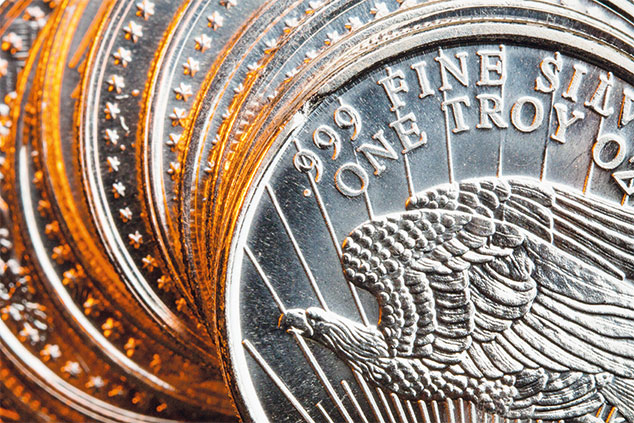
more expensive?
Was there ever a metal with as much potential as silver? On the one hand it’s a monetary metal, so its price will rise for all the same reasons that gold’s will. Currency debasement, suppressed interest rates, inflation, political instability – all should benefit silver. Silver is an asset outside of the financial system. Like gold, it is nobody else’s liability.
On the other hand, it’s an industrial metal that has myriad uses, particularly in new technology. Its uses will only increase as the world gets more “electronic”. Computers, mobile phones, batteries, cars, engines, media storage, engines, explosives, plastics, cameras – they all require silver.
New uses for silver are being discovered
New discoveries are being made all the time about its ability to combat infection, fungi, bacteria and even bad smells. As a result, demand is increasing from medicine, biotechnology and clothing. The metal is used in everything from treatment of warts and bad breath to purifying water. It is also an ingredient in hospital paint. Coating walls with paint containing silver particles should help fight infection.
There is also a particularly exciting source of demand, as far as potential growth is concerned: solar power. Demand for silver on photovoltaic cells has gone from one million ounces in 2000 to around 50 million ounces last year – about 5% of silver’s annual supply. Assuming solar power usage grows, demand for silver will increase. Then there is jewellery and demand from investors. These two areas jointly accounted for roughly 400 million ounces last year.
At the same time there could be a shortage of supply. About 80% of silver’s billion-ounce annual demand comes from mining, the rest from scrap. There has been a paucity of major new discoveries. Many of the pure-play silver miners have struggled to make money in recent years and investment in exploration is minimal.
Meanwhile, a great deal of silver is produced as a by-product of lead and zinc mining, another area where investment has disappeared. Silver runs an annual supply-demand deficit. There has been a surplus in only one of the past five years. Last year’s deficit was 30 million ounces.
Subscribers can read it in the digital edition or app